For many 2016 took a while to get started with a downturn in temperatures affecting all insect life; the Spring Butterflies taking a rather severe beating. Dragonflies can at least wait until conditions are optimal before leaving the security of their aquatic depths and are usually less affected by temporary seasonal discrepancies
There have however been some notable concerns with Broad-bodied Chasers, Beautiful Demoiselles, Golden-ringed and Keeled Skimmers where counts were down this season.
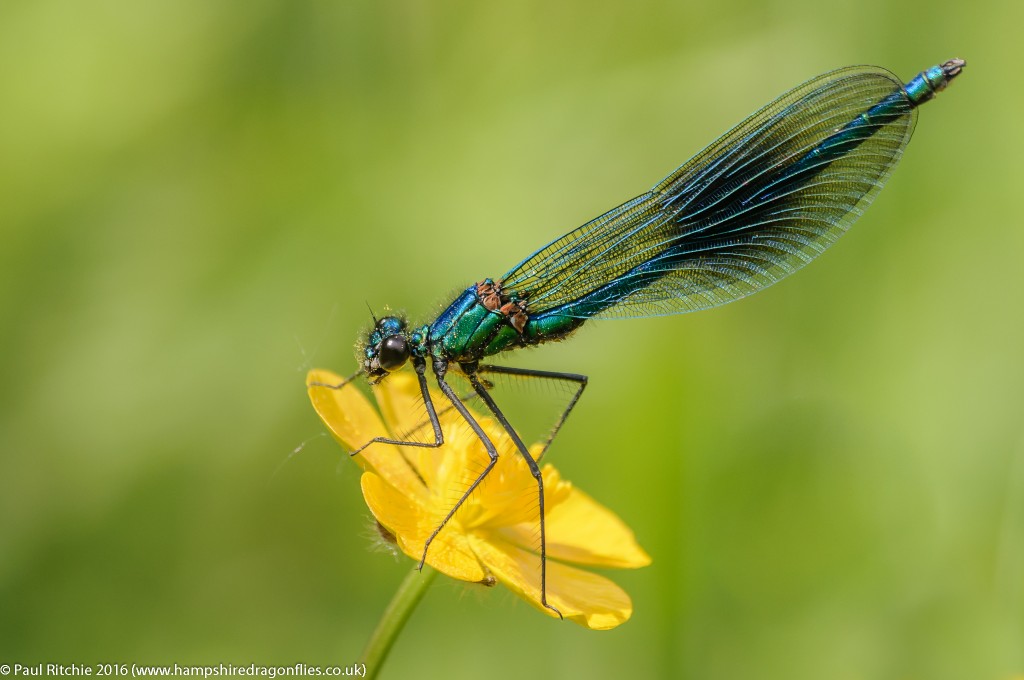
As if to buck the trend the Scarce Chaser appeared in higher numbers and at more locations, with Swanwick Heath and Troublefield having particularly successful emergences. A change in management practices in the latter by allowing the Spring meadow flora to flourish no doubt helped keep the populations local.
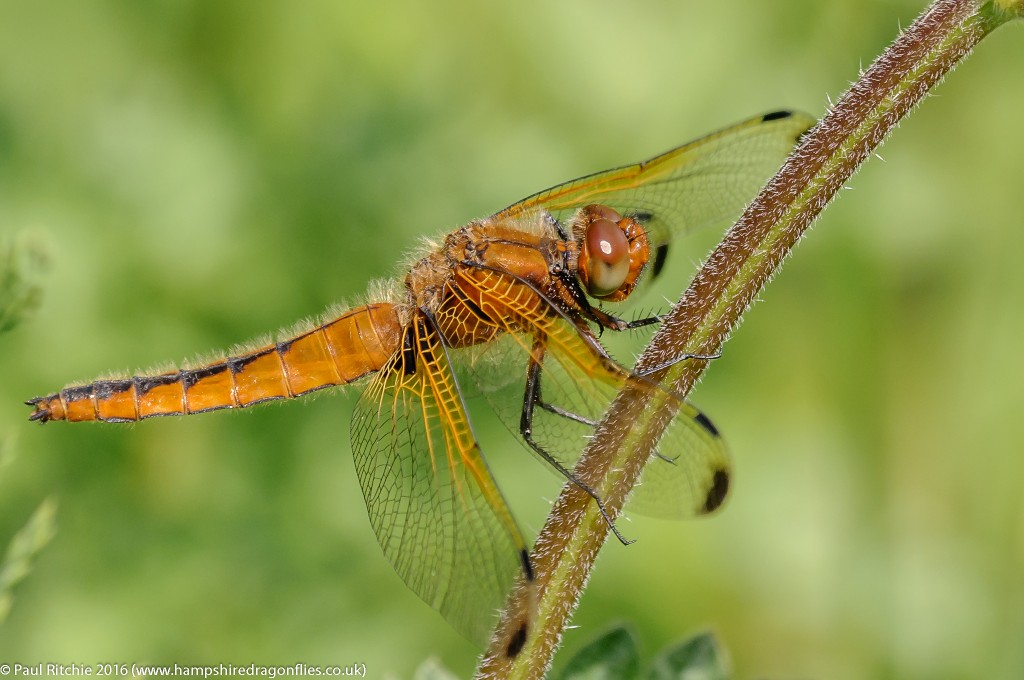
Patience has once again been a theme throughout the season, taking time to stop and smell the flowers, drink in the atmosphere and just watching rather than shooting everything in sight.
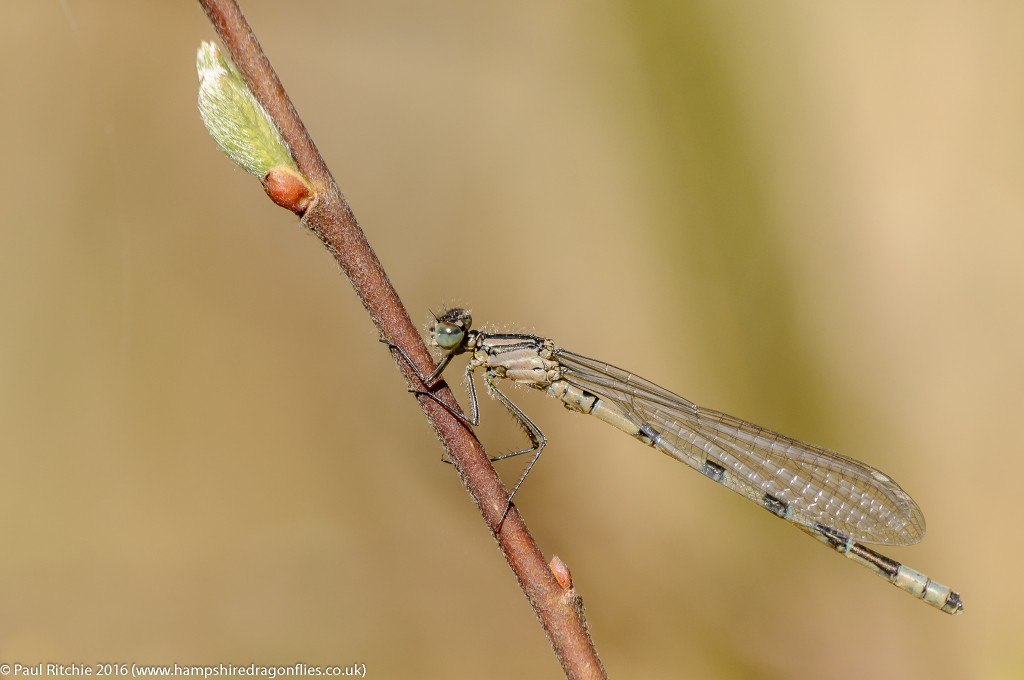
The thrill of the chase still excites but the rewards are more fulfilling with a gentler progress. It’s hard to beat the hot, humid environs of a water meadow.
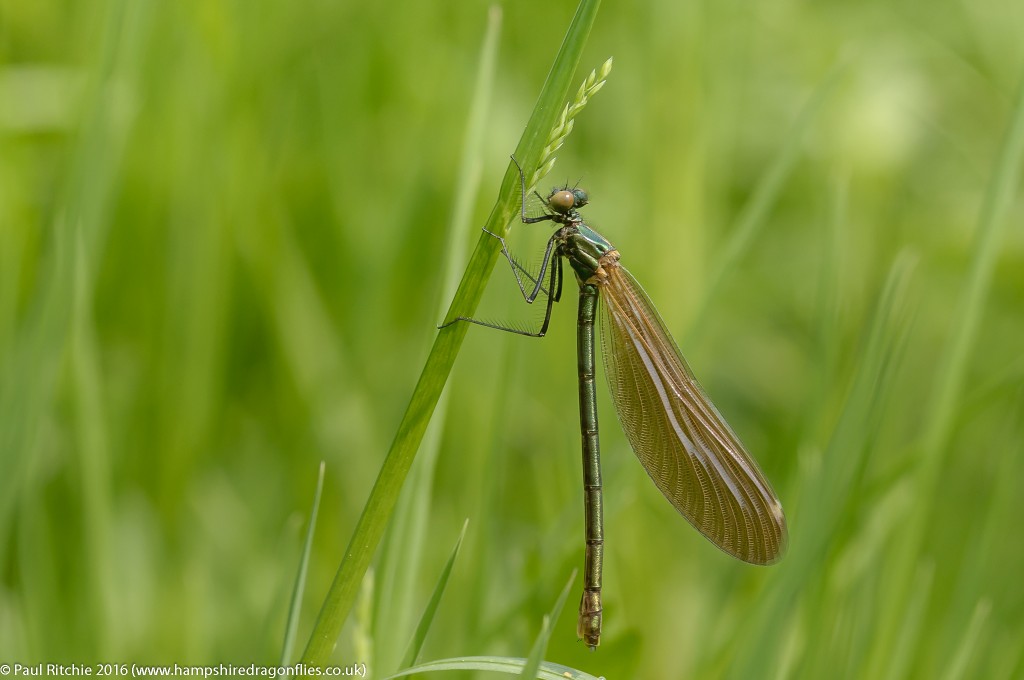
This year’s highlights included the regular Spring visit to the Somerset Levels where sheer numbers usually guarantee a fulfilling day.
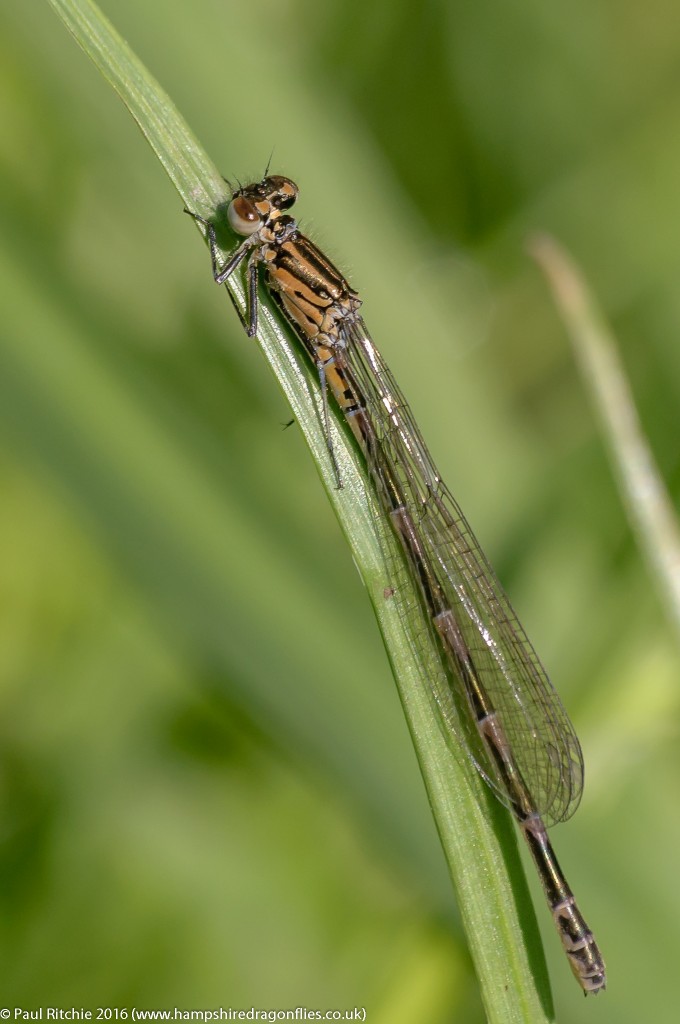
It’s always a delight to encounter the Downy Emerald early season; a vibrant jewel decorating the margins of woodland ponds.
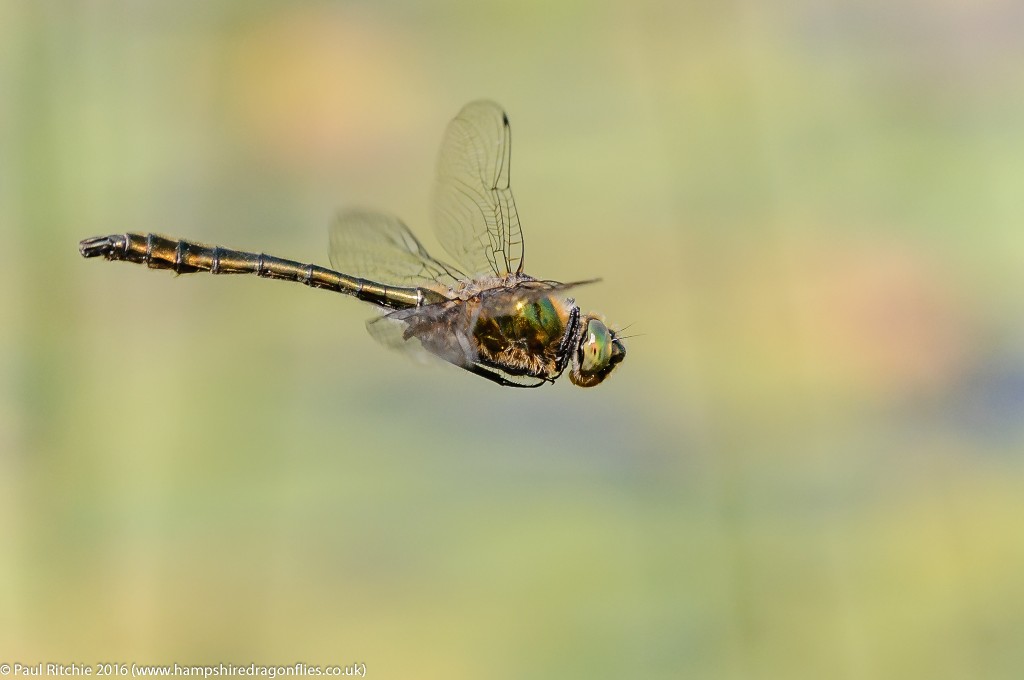
Another Spring highlight was Whixall Moss for the White-faced Darter. Blessed with 30° temperatures and blazing sunshine guaranteed a perfect showing of this stunning little beast.
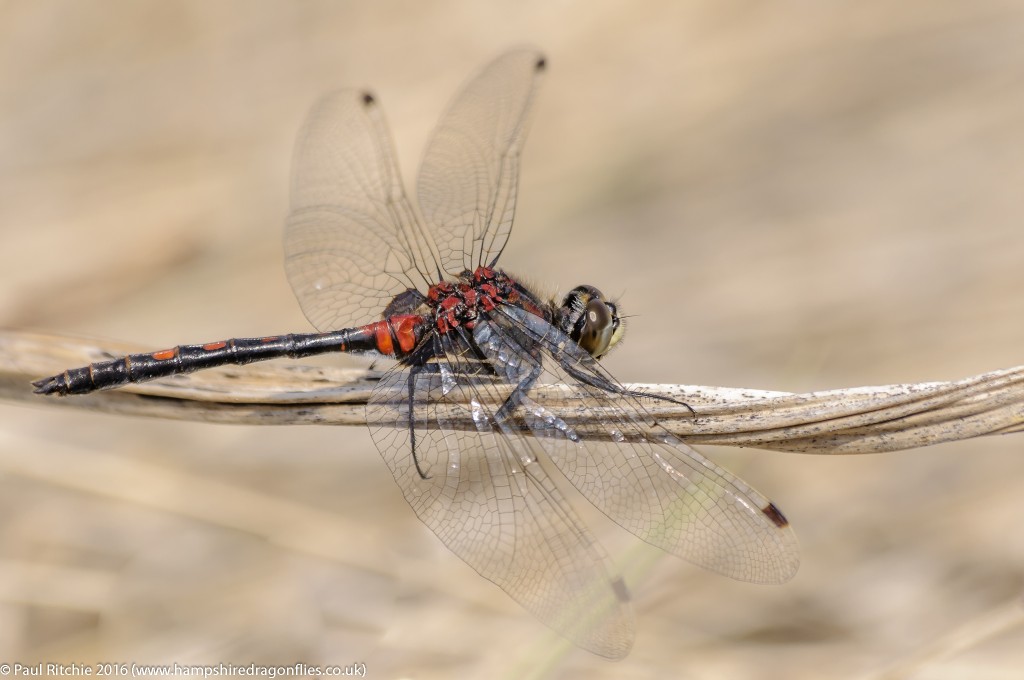
Mid-June saw another explosion of new life with the Small Red, White-legged and Southern Damselflies making an appearance along Ober Water.
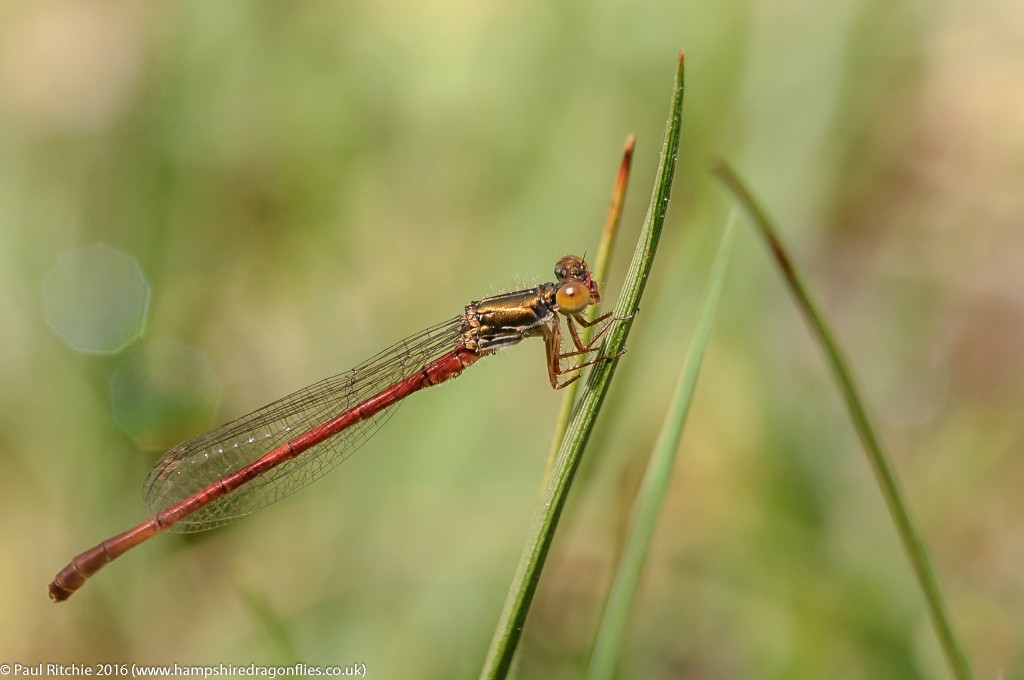
The swarms of teneral Keeled Skimmers usually encountered here at this time might’ve been bad timing, but future visits confirmed the Keeled had indeed taken a downturn this season. At least we timed it right to witness the various stages of the magnificent Scarce Blue-tailed with just enough aurantiaca to keep us satisfied.

Although again numbers being down on recent years we were blessed with the prize of freshly-emerged individuals and our first immature male, beautifully resplendent in his subdued hues.

Mid-June is also the optimum time to witness the emergence of the Common Emerald, a species encountered almost everywhere but for me lowland heath is where it shines.

The lowland heaths are also the natural home for another of our fabulous little darters.

The long wait over Winter means chomping at the bit come April, but it is May when things really awaken, with another welcome boost throughout June to keep the momentum going. July will follow shortly 🙂
